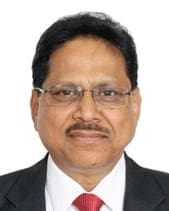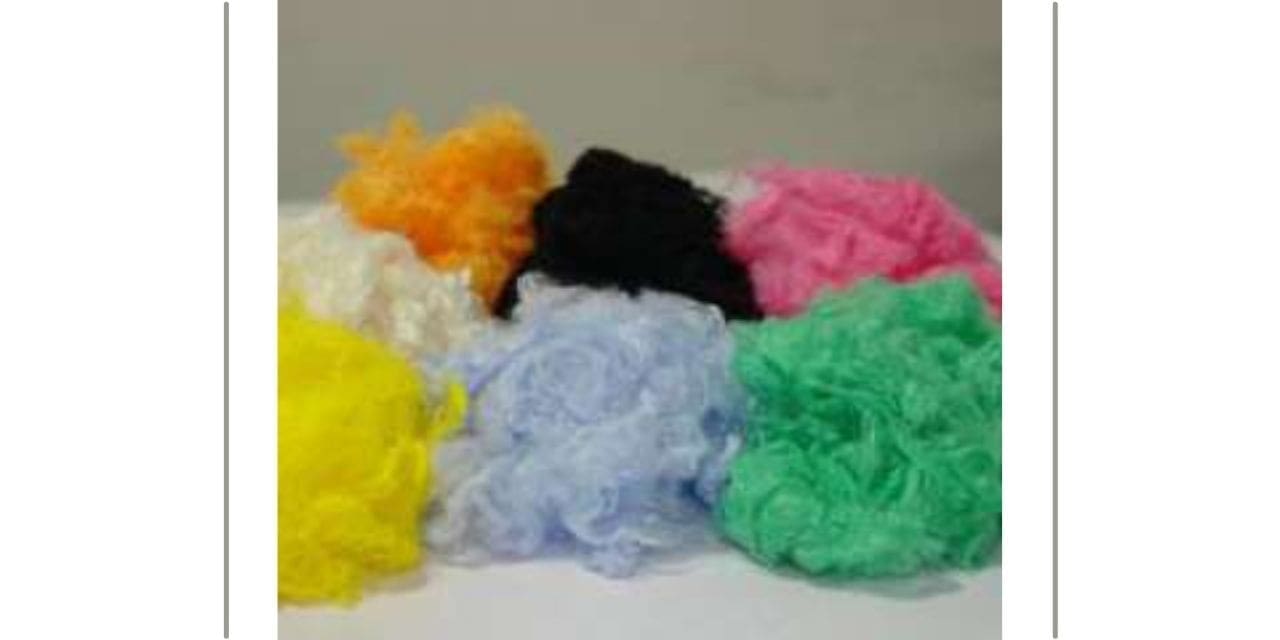DYEING OF VISCOSE FIBRE IN VARIOUS FORMS
In the late sixties all over the world viscose was replacing cotton in textiles. The leading viscose manufacturer was Lenzing, Austria, Accordis, Germany, Thairayon, Thailand, then gradually in India Grasim started making viscose staple fibre at Nagda (M.P). They used to make Dope dyed viscose fibre and Grey Viscose Fibre in various deniers like 1.2 D, 1.5 D, 2 D, 3 D, in staple length like 32 mm. 44 mm, 51 mm 64 mm etc.
Following are the forms of dyeing viscose fibre
- Dope dyeing of Viscose fibre– It means mass colouration pigments are added during the viscose manufacturing stage. total production of Grasim industries, Nagda (M.P) viscose staple fibre is 400 tons/day. Out of this 200, tons/day is dyed and 200 tons/day is grey fibre. The biggest consumer of dope dyed viscose fibre in India is Sangam Spinners, RTM, Chenab Textile Mills, Jammu, Banswara Syntex, Banswara (Rajasthan), Birla Textile Mills, Baddi (H.P) and RSWM LNJ Bhilwara group (Rajasthan).
Dope dyed viscose is used by dyed p/v spinning units. It is manufactured from wood pulp. Which is imported in fine quality? The wood pulp is chemically treated and made into a viscous solution where colour pigments are added and dyed viscose tow is made, then it goes to cutter where it is cut into different staple lengths.
Following are the pigments used in dope dyeing:
- Viscofil Black 2BLN. (It is glycol-free pigment dispersion)
- Viscofil Black VBC. (It is a pigment preparation.)
- Viscofil Blue ARN.
- Viscofil Blue B2G 30 VP3494.
- Viscofil Blue BL 500.
- Viscofil Bordeaux BB 30.
- Viscofil Brown HFR 30.
- Viscofil Golden RVD.
These pigments are manufactured by Clariant, Switzerland.
For a very long time, dope dyed viscose was used by every spinning mill in India making
Polyester/viscose yarn, cotton /viscose, 100 % viscose yarn etc
Advantages of dope dyed viscose:
- Washing Fastness is good. Rating 4-5.
- Perspiration fastness is good, rating 4-5
- Lightfastness is good, rating above 5
- Fastness to Organic Solvent, Rating 4-5
- Sublimation fastness, Rating 3-4, 4, 4-5 (depending on shade) at 1500 C,1800 C, 2100 C.
- Runnability in the spinning dept is very good.
- About 5000 shades range
- Over 120 shades manufactured every month.
The disadvantage of Dope dyed viscose:
- Brightness /Lustre are less.
- Prone to Thermomigration.
- Monopoly in standard shades minimum quantity to be ordered 3 tons and non-standard shades minimum quantity to be ordered is 5 tons.
- During summer months the working in spinning mills is disturbed.
- Difficult to manufacture in very light shades – less than 0.1 % pigment depth.
- Exhaust dyeing of viscose loose (staple) fibre – Nowadays the dyestuff technology has advanced and viscose fibre is being dyed using vat dyes, reactive dyes and sulphur dyes. The type of dyes is selected as per the end-use. For example, 100 % dyed viscose yarn is being used in carpets in Belgium. Middle East, Turkey, Egypt and some European countries. The shades made out of dope dyed viscose get rejected due to less brightness /lustre. So some units like RSWM, Gulabpura (Raj), Reliance Chemotex, Udaipur (Raj), RTM, Bhawanimandi (Raj) have switched over to their dyed viscose.
100 % Own dyed viscose is very difficult to spin into yarn. But nowadays, the spinning technicians have overcome this problem. By the support of fibre dyehouses like better washing, better antistatic finish and uniform drying (use of RF dryer). For better lustre reactive HE dyes are recommended. Viscose fibre is dyed in HTHP dyeing m/cs. The material to liquor ratio in the dyeing machine should be maintained between 1 to 7 and 1 to 10. If water is hard it is better to add EDTA or chelating chemical. For example, in 500 kg capacity dyeing m/c the loading will be 550 kg. (Maximum).
Viscose is a semi-synthetic fibre.it is a purified form of cellulose and hence unlike cotton scouring is not required directly start dyeing. Before dyeing water should be checked. The soft water should have a TDS between 100 ppm and 200 ppm. Water hardness less than 50 ppm. pH should be neutral.
To avoid uneven dyeing of viscose fibre it should be opened properly with hand and manually loaded (no stamping m/c should be used).loading density should be uniform to avoid channeling and uneven dyeing.
The steps for dyeing viscose loose fibre are as follows:
- The setting of dye bath – use sequestering agent /dye bath conditioner and TATA or Grasim salt run for 15 minutes.
- Dissolve HE dyes outside and filter and add half quantity through addition tank
- Run for 10 minutes at 500 C.
- Then add half quantity dyes at 600 C run for 5 minutes.
- Then at 60 0 C add salt (as per the depth of shade) in 3-4 instalments through the stock tank.
- Then raise the temp to 850 C at 10 C/min and run for 30 minutes.
- Then cool to 70 and add soda ash (as per the depth of shade) in 2 instalments and run for 30 minutes at 850 C .
- Then cool to 600 C and drain.
- Washing with plain water and drain.
- Hot wash at 950 C, and drain.
- Then acid washes and drain.
- Soaping at 950 C and drain.
- Hotwash at 950 C and drain.
- Cold wash with plain water.
- Dye fixing at 400 C with acetic acid and drain.
- Washing with plain water.
- Finish with cationic softener/antistatic finish.at 500 C and drain.
The total time required varies from 6-7 hours per batch.
The dyed fibre goes to Hydro extraction. Please note: Wet Fibre Opener is avoided as the chances of fibre damage is there. Then it goes to steam dryer/ RF dryer.
The fibre is dried and goes to spinning with 12-13 % moisture.
In shades like Royal Blue, Turquoise Blue and any bright shades Glauber’s salt should be used. A suitable leveling agent would ensure greater uniformity.
In many dye houses bifunctional reactive dyes are used to dye viscose fibre at 600 C and better leveling.
- Dyeing of viscose in package form – Dyeing viscose in package form is very difficult. Chances of unevenness within the package are there. Because viscose has got a swelling property in an alkaline medium. The package becomes very hard. Dye penetration is very difficult. Still in places like Tirupur, some of the dye houses are dyeing 1/40 count or 2/40 count 100% viscose yarn package or cotton/viscose blends,
Following are the considerations to be made while dyeing viscose yarn in package form:
- Package weight should be small (500 to 600 gms)
- 2. Precision winding is required. (No random winding).
- There are two methods for dyeing viscose yarn in package form.
The process flow for the first method is as follow,
Soft winding— Dyeing —Hydroextraction — RF dryer.
The process flow for the second method is as follow.
Soft Package — Hot wash — Hydroextraction — RF dryer — again Soft-Package — Dyeing — Hydroextraction — again RF dryer.
The second method is time taking but the results depend on precision winding and dyeing machine-like Fongs and Thies. Scouring is not required. Bifunctional reactive dyes are recommended. Brightness is more in package dyeing. It is used in sarees and dress materials in South India, Benaras etc.
- Dyeing of viscose in hank form – Due to the above problem in package dyeing many local dyers in Panipat, Bhadoi, Benaras are dyeing viscose in hank form. In cabinet Hank dyeing machines. Then converting hank to a cone and selling in the market. In Surat, there are fully imported Nozzle Type Hank Dyeing machines used for dyeing of Viscose Embroidery threads. The hanks are sent to Hank to cone winding machine.
Viscose dyeing is gaining importance in the textile industry. The dye and chemical manufacturer should come out with special dyes to dye viscose fibre and maintaining the same properties of dope dyed viscose manufactured by Grasim industries, Nagda (M.P)
Similarly, dyeing machinery manufacturer should come out with a viscose tow dyeing machine, just like acrylic tow dyeing machine or continuous padding machine.
Author:

Dr. N. N. MAHAPATRA
Business Head (Dyes)
SHREE PUSHKAR CHEMICALS & FERTILISERS LTD., MUMBAI

